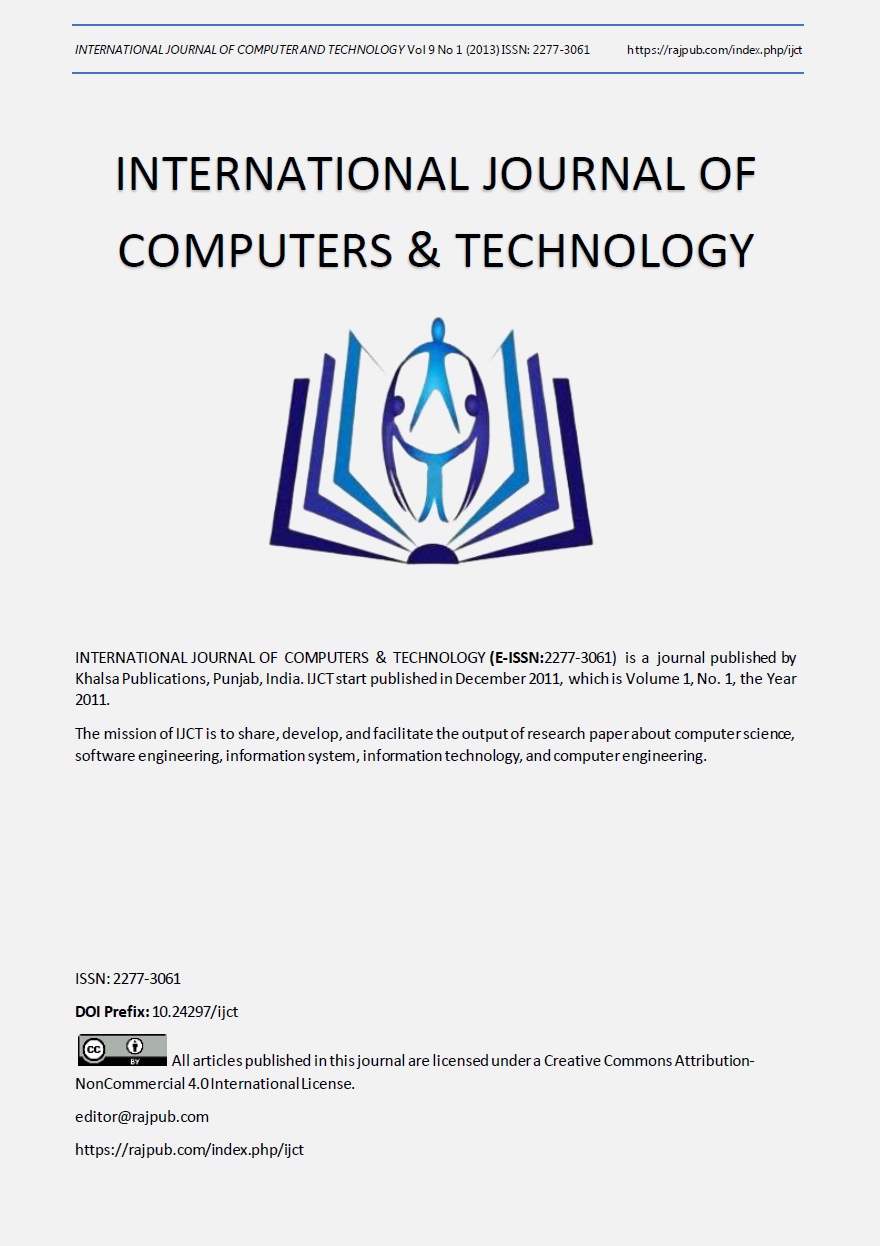A Petri Net approach for representing Orthogonal Variability Models
DOI:
https://doi.org/10.24297/ijct.v9i1.4158Keywords:
software product line, orthogonal variability model, Petri netsAbstract
The software product line (SPL) paradigm is used for developing software system products from a set of reusable artifacts, known as platform. The Orthogonal Variability Modeling (OVM) is a technique for representing and managing the variability and composition of those artifacts for deriving products in the SPL. Nevertheless, OVM does not support the formal analysis of the models. For example, the detection of dead artifacts (i.e., artifcats that cannot be included in any product) is an exhaustive activity which implies the verification of relationships between artifacs, artifacts parents, and so on. In this work, we introduce a Petri nets approach for representing and analyzing OVM models. The proposed net is built from elemental topologies that represents OVM concepts and relationships. Finally, we simulate the net and study their properties in order to avoid the product feasibility problems.









